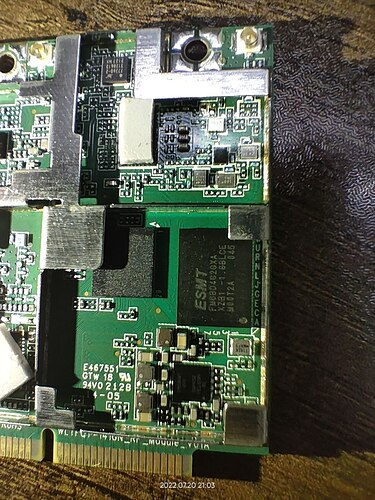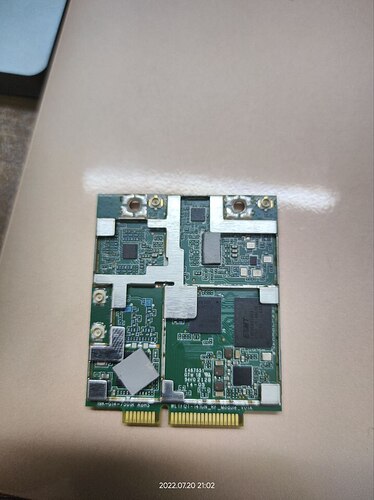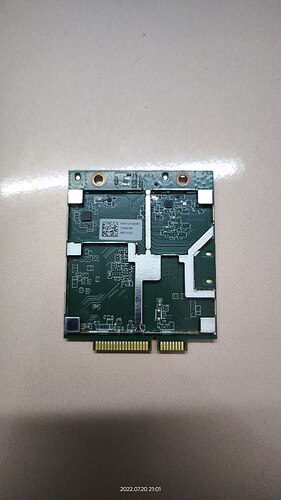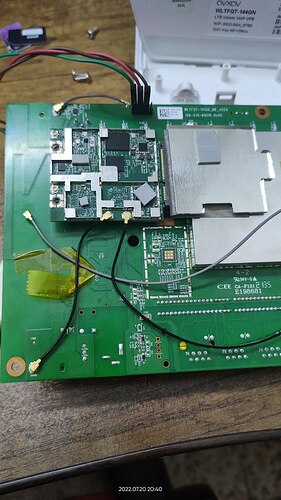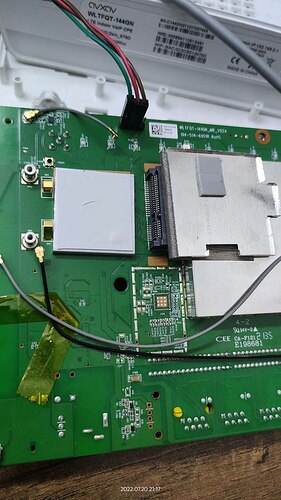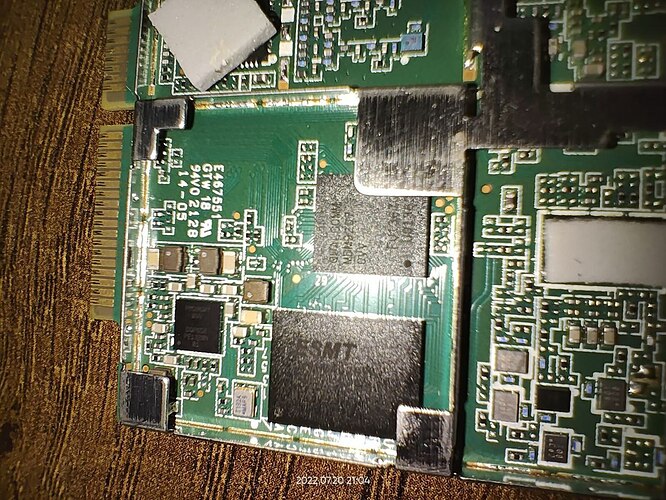Hi,
I have an LTE router from my isp which is this model:
https://avxav.com/product/fdd-lte-cat4-fqt-144-series/
It’s of course it is locked to my isp, after disassembling the router I was able to identify the UART pins and used them to collect info about the device internals:
1- the login shell reads “root@mdm9607:” and I was able to log in using the credentials from osmocom .
2-/proc/cpuinfo:
processor : 0
model name : ARMv7 Processor rev 5 (v7l)
BogoMIPS : 38.40
Features : half thumb fastmult vfp edsp neon vfpv3 tls vfpv4 idiva idivt vfpd32 lpae
CPU implementer : 0x41
CPU architecture: 7
CPU variant : 0x0
CPU part : 0xc07
CPU revision : 5
Hardware : Qualcomm Technologies, Inc MDM9207
Revision : 0000
Serial : 0000000000000000
Processor : ARMv7 Processor rev 5 (v7l)
From the above information, I believe that this uses something like Quectel ec25 module( how can I be sure?)
I removed the model from the router but the router doesn’t boot if the module is removed, so the router doesn’t have a CPU on its own! Does the module run the entire Linux kernel?
looking at the mainboard it looks is practically empty, I can see no CPU chip in the mainboard that can run the OS, only passive components and some shift register IC, the only chip that i found in the mainboard that looks like a CPU is a chip with the model (qca8337-al3c) but according to a datasheet found online this is just a gigabit switch IC, so maybe my assumption that the entire os runs on the lte modem is correct?
I want to test multiple things:
1- is it possible to unlock the module and make it work with any sim card? maybe I can use AT commands from the quectel datasheet but I can't find which tty the modem is running on so I can connect to it, how can I connect to the modem on these models?
2- The module connect to the mainboard using a mini-PCIe connector, I have a turris omnia router that accept an LTE modem in the mini-PCIe form factor, is it possible to connect it to the turris omnia? i am bit hesitant because of my conclusion above that the device runs an entire os, maybe it only uses the mini-PCIe connector and doesn't conform to the mini-PCIe standard, and by connecting it to the standard mini-PCIe connect on the turris omnia may lead to damage to either one(magic smoke?).
3-hopefully be able to port openwrt to it, i couldn't find a device with the same configuration that has openwrt ported to it, so maybe this is might be unlikely to be possible.
Regards
